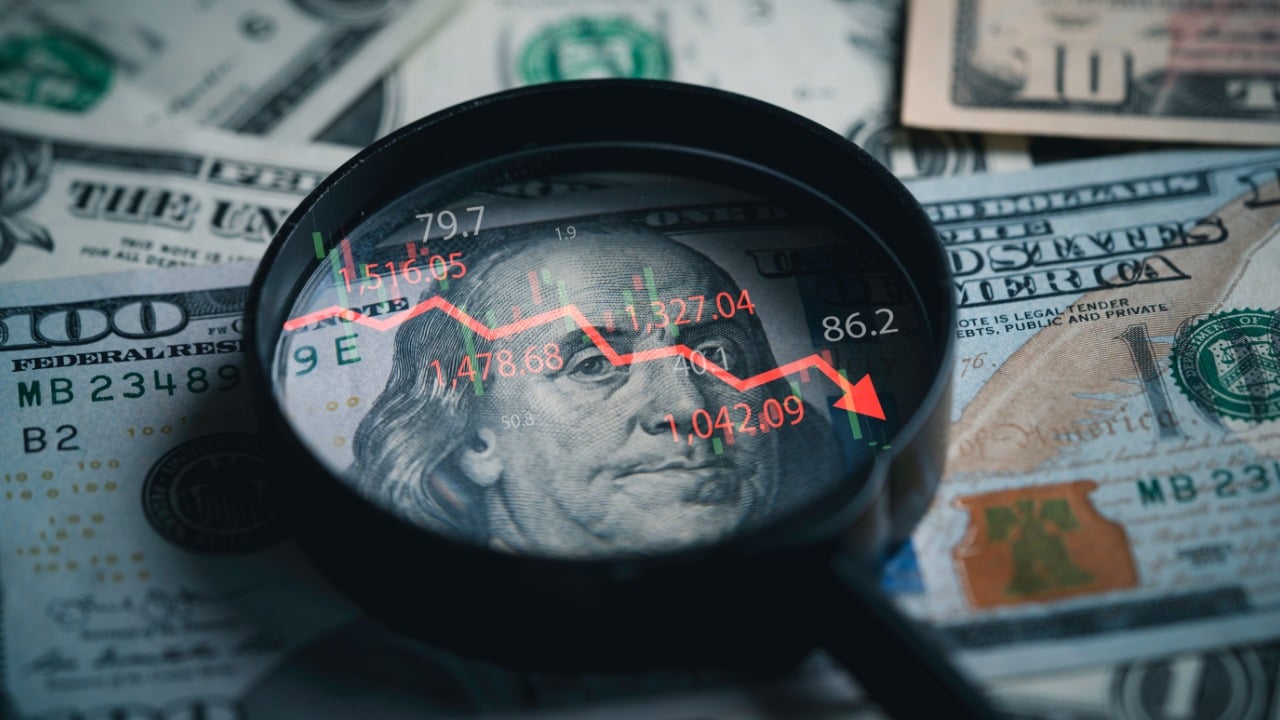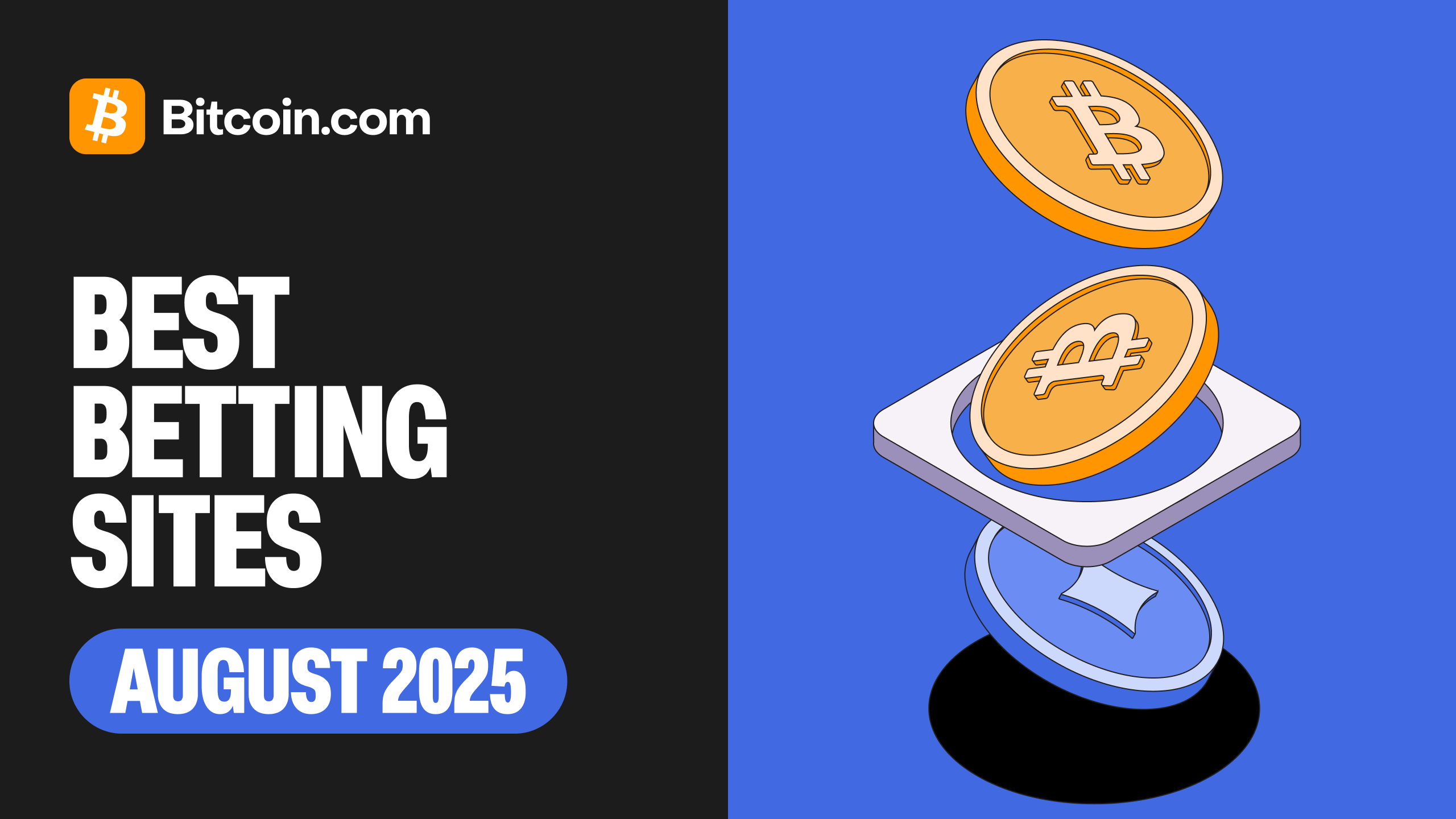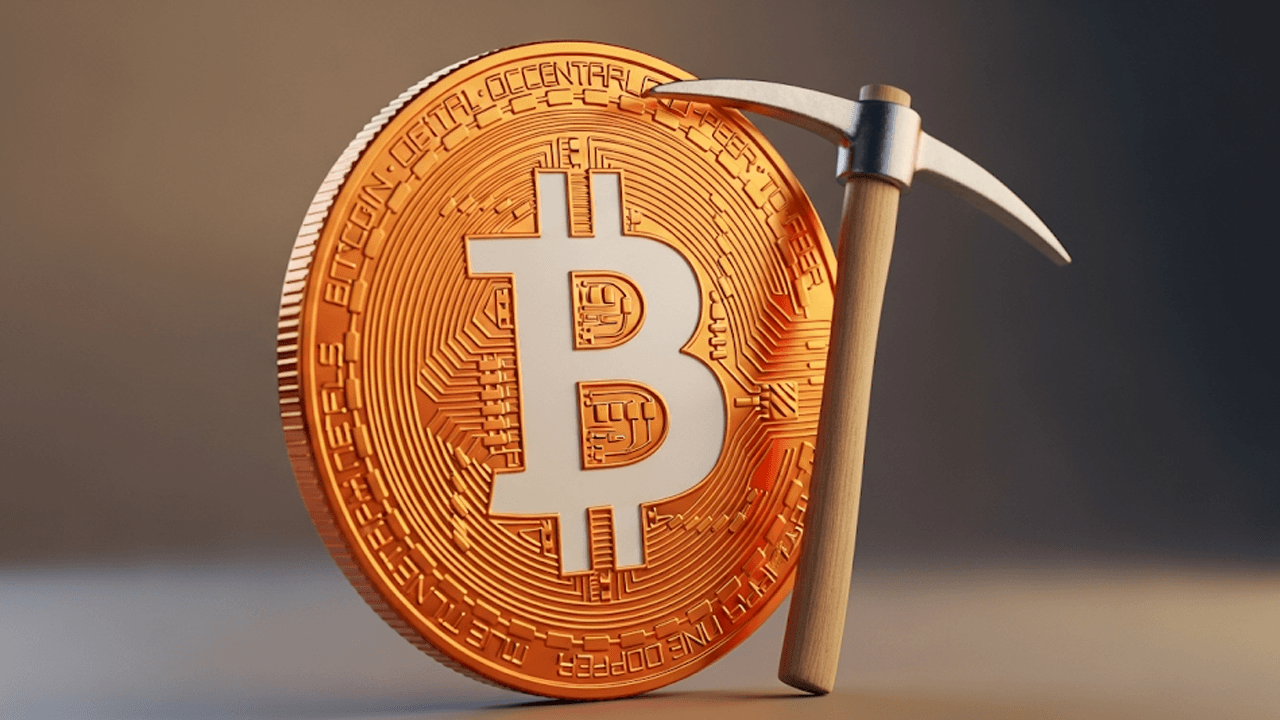The financial landscape surrounding cryptocurrencies is continually evolving, especially with growing institutional interest. John Deaton, a prominent attorney best known for advocating for XRP holders in the Ripple-SEC litigation, posits a compelling theory surrounding Wall Street’s insatiable greed and its influence on the future positioning of cryptocurrencies like XRP, Ethereum (ETH), and Solana (SOL). Deaton’s insights suggest that these digital assets may soon become dominant treasury holdings for institutional investors, reshaping the boundaries between traditional finance and crypto markets.
The Core of Deaton’s “Greed Theory”
At the heart of Deaton’s outlook is a straightforward yet powerful observation: Wall Street will not allow the profits of the booming crypto markets to remain concentrated only among a handful of players or retail investors. Instead, institutional players, whose operational lifeblood is profit maximization, will seek to diversify and deepen their crypto exposure. Deaton highlights that Wall Street’s “greed” and appetite for new asset classes inherently push for the adoption of cryptocurrencies as treasury assets, similar to how Bitcoin is now being held in corporate treasuries.
This theory was largely inspired by the success of the Bitcoin Spot ETFs recently approved, which opened the door for regulated, mainstream exposure to crypto. Deaton predicts that this wave of acceptance will extend beyond Bitcoin, propelling XRP, ETH, and SOL into similar status as treasury assets within large firms. The approval of Bitcoin Spot ETFs has already demonstrated the potential for institutional investors to gain exposure to cryptocurrencies through regulated financial products. This trend is expected to continue, with other cryptocurrencies following suit. The success of these ETFs has not only provided a new avenue for investment but has also legitimized cryptocurrencies as a viable asset class for institutional investors.
XRP: The Contender to Surge Past Ethereum
XRP is central to Deaton’s predictions. Currently the third-largest cryptocurrency by market capitalization, XRP’s prospects have gained fresh momentum with hopes for an XRP Spot ETF approval by the SEC. Deaton asserts that there is a “real good chance” XRP could “flip” Ethereum, becoming the second-largest crypto asset by market cap. He predicts prices climbing to the $7–$8 range, driven by mainstream adoption and institutional inflows once ETFs are fully endorsed.
The dynamics behind XRP’s potential rise relate closely to its unique use case in cross-border payments and rapid settlement, positioning it as a tangible utility token within financial systems. Institutional investors, always on the lookout for assets combining liquidity and growth, may find XRP particularly attractive as a treasury holding amid regulatory clarity and market acceptance. XRP’s technology is designed to facilitate fast and cost-effective cross-border transactions, making it an attractive option for financial institutions looking to streamline their operations. The potential for XRP to become a treasury asset is further bolstered by its growing ecosystem and partnerships, which enhance its utility and adoption.
Ethereum and Solana: Strong Competitors for Treasury Holdings
Ethereum remains the backbone of decentralized finance (DeFi) and non-fungible tokens (NFTs), with extensive developer activity underpinning its value. Despite XRP’s potential to overtake Ethereum, ETH continues to represent a significant treasury asset candidate. Substantial holdings by Ethereum-focused investment firms (such as SharpLink Gaming) indicate a diverse approach by institutional players, hedging across key platforms.
Solana, meanwhile, offers scalable and low-cost smart contract solutions, appealing to emerging sectors and developers pushing crypto’s usability frontier. Wall Street’s potential treasury inclusion of SOL suggests an expanding appetite beyond Bitcoin and Ethereum, acknowledging innovation and potential for higher returns in newer blockchain ecosystems. Solana’s high throughput and low transaction costs make it an attractive platform for developers and businesses looking to build decentralized applications. The growing interest in Solana among institutional investors is a testament to its potential as a treasury asset.
The Implications of ETF Approvals
Deaton emphasizes the role of ETF approvals as critical catalysts. ETFs provide regulated, accessible vehicles for both institutional and retail investors to hold cryptocurrencies without the complexities of self-custody. The precedent set by successful Bitcoin Spot ETFs creates an anticipated domino effect toward altcoins like XRP, ETH, and SOL gaining ETF listings.
ETF adoption broadens market participation, deepens liquidity, and standardizes valuation metrics, making these assets more suitable for treasury portfolios. Deaton’s forecast of XRP ETFs, for example, aligns closely with rising investor demand for diversified crypto exposure within regulated frameworks. The approval of ETFs for these cryptocurrencies would not only provide a new investment avenue but also enhance their legitimacy and attractiveness to institutional investors. This could lead to increased adoption and integration of these assets into traditional financial portfolios.
Ripple’s Legal and Market Positioning in the Forecast
John Deaton’s optimism on XRP is underpinned by his role in defending Ripple against the SEC’s attempts to classify XRP as a security. He has voiced that XRP and Ethereum should be categorized as commodities, not securities, a distinction critical for ETF approvals and institutional uptake. The ongoing Ripple litigation outcome could decisively affect market confidence and regulatory precedents, directly impacting institutional willingness to buy XRP as a treasury asset.
Moreover, Ripple’s management, including CEO Brad Garlinghouse, actively fosters partnerships and ecosystem growth, such as introducing USDC stablecoin on the XRP ledger—a move Deaton praises as enhancing XRP’s broader appeal and utility. Ripple’s efforts to expand its ecosystem and partnerships are crucial in positioning XRP as a viable treasury asset. The introduction of USDC on the XRP ledger is a significant step in this direction, as it enhances the utility and liquidity of XRP within the broader crypto market.
Price and Market Cap Predictions: A Bold Vision
Deaton’s price forecasts are ambitious but grounded in market rationale. Predicting an XRP surge to $7–$8 per token, with potential market caps surpassing $100 billion, he extrapolates from the success of comparable fintech ventures like Circle’s IPO. The idea is that increasing ETF availability and institutional endorsements translate directly to valuation leaps, echoing traditional market mechanisms where demand and accessibility drive prices.
The prospect of XRP overtaking Ethereum by the end of 2025 would redefine altcoin hierarchies and signal a shift in investor perceptions about utility, regulatory clarity, and growth potential. Deaton’s predictions are based on the assumption that the crypto market will continue to grow and evolve, with institutional investors playing a significant role in driving demand and adoption. The potential for XRP to overtake Ethereum is a bold vision, but one that is not without precedent, given the dynamic nature of the crypto market.
The Broader Trend: Crypto Treasuries and Institutional Strategies
Beyond individual cryptocurrencies, Deaton observes a broader institutional trend: companies and funds are adopting crypto holdings within their treasury strategies, mimicking Bitcoin Treasury companies pioneered by figures like Michael Saylor. This strategy aims to hedge against inflation, diversify away from traditional fiat assets, and capitalize on emerging digital asset ecosystems.
Deaton notes Wall Street’s unwillingness to be sidelined, leading to a proliferation of copycat strategies adopting BTC, ETH, XRP, and SOL into treasury allocations. This “greed-driven” institutional adoption could serve as a structural driver of demand and price appreciation over the coming years. The trend of institutional adoption of cryptocurrencies as treasury assets is a significant development in the crypto market. It not only provides a new source of demand but also enhances the legitimacy and stability of these assets. The proliferation of copycat strategies is a testament to the growing interest and confidence in cryptocurrencies among institutional investors.
Challenges and Market Skepticism
Despite the optimistic projections, caution remains warranted. Regulatory environments remain in flux globally, with the SEC taking a cautious stance on many crypto-related products. Market volatility, technological risks, and competition within the smart contract and payments space inject uncertainty.
Moreover, the narrative of “Wall Street greed” translating seamlessly into treasury purchase is an oversimplification; institutions weigh risk profiles, regulatory compliance, liquidity considerations, and broader macroeconomic factors. Not every crypto asset will gain treasury acceptance universally. The challenges and uncertainties in the crypto market are significant and cannot be overlooked. Regulatory clarity, market volatility, and technological risks are all factors that could impact the adoption and integration of cryptocurrencies into traditional financial portfolios. Institutional investors will need to carefully consider these factors before making any significant investments in cryptocurrencies.
Conclusion
John Deaton’s analysis, anchored in sharp legal insight and market observation, paints a future where institutional “greed” catalyzes the elevation of diverse cryptocurrencies into core treasury assets. XRP, ETH, and SOL stand at the forefront of this transformation, with XRP’s poised rise to challenge Ethereum signifying a potential major realignment in the crypto asset hierarchy.
The possible approval of ETFs for these altcoins, combined with ongoing regulatory clarifications and institutional appetite, could unlock new waves of investment and utility growth, moving cryptocurrencies from speculative tokens to integral components of corporate financial strategy. This shift not only broadens crypto’s reach but somewhat demystifies it, bringing digital assets into traditional finance’s fold and signaling that the next decade could witness institutional portfolios enriched — and arguably transformed — by cryptocurrencies far beyond Bitcoin alone. The future of cryptocurrencies as treasury assets is promising, but it is not without challenges. The integration of these assets into traditional financial portfolios will require careful consideration of regulatory, market, and technological factors. However, the potential benefits of diversification, hedging against inflation, and capitalizing on emerging digital asset ecosystems make cryptocurrencies an attractive option for institutional investors. The next decade could witness a significant transformation in the way cryptocurrencies are perceived and integrated into traditional finance, with XRP, ETH, and SOL playing a crucial role in this evolution.





